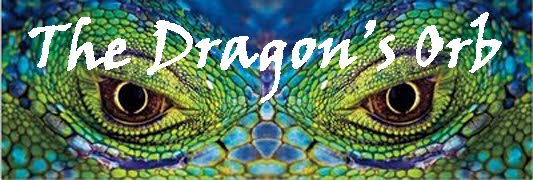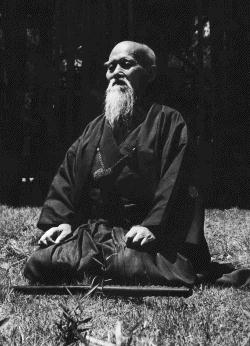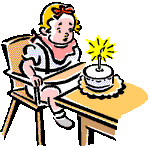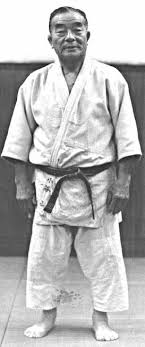The blogger and martial arts teacher 'Thoughtful Sensei' wrote about one of his teachers

"The Sensei I learned Kodokan Goshin Jutsu from was one of Tomiki's most senior players. She is still alive today and from what I understand is considered a National Cultural Treasure in the Martial Arts with streets in Tokyo named after her."
He likely was referring to Tsunako Miyake. I have heard wonderful things about this teacher my entire martial arts career. I decided to do a little fact checking and see if I could verify the rumor's Thoughtful Sensei heard that Miyake Sensei was a national treasure. I think the idea of a national treasure in the Tomiki line would be a great feather in our collective hat.
I sent the information to my old budo buddy Jeremy. He is still living in Japan, and has a Japanese wife to help with the tricky Japanese.
Dear Eric,
Kumiko and I found a 三宅綱子 who is from Hokkaido, graduated from Nihon Taiiku Daigaku(日体大)PE college and spent some time as a PE teacher. She's known for massage and shiatsu, has 5-dan in judo, 6-dan in aikido, 7-dan in jodo, tai chi chuan instructor. She's been doing something called [健康武道」or "Health Budo" lately.
Link 
An Amazon link introducing the author talks about how she was doing
martial arts for a long time, starting with judo at age 16, but
lately quit to devote time to shiatsu and related stuff. Her book is
「わが家でできる健康指圧」"Shiatsu for health that you can do at home."
Link She teaches shiatsu at the Asahi Culture Center in Yokohama. At
least, I'm assuming it's probably the same woman, given the name and class subject.
Link 
She is almost certainly NOT a Living National Treasure. If you type
人間国宝(にんげんこくほう)and her name into a Google
search, you get no hits. Lots of hits for different people named
Miyake in noh and kabuki, but nothing for martial arts, and none for
her full name.
In addition, for the official National Treasure list, there are only
really two categories for people: performing arts, and craftsmen.
They're all pretty well documented, and there's a complete list on
Wikipedia, as far as I know.
LinkLink 
She may have other awards or recognition for contributions to
preserving cultural heritage, but she's not a Living National
Treasure. Considering that the Culture Center doesn't list any awards
suggests that she doesn't have any, though. Kumiko said that if she
did have any certificates, awards, etc. they would have listed them
along with her other qualifications on the instructor info section at
the Culture Center website.
She's also probably not well-known enough to have a street or even
building named after her, or there would be a lot more links to her
name, and they would be more mainstream. The fact that she seems to only be known in the budo world suggests that she's not very well known, in fact.
I suppose it's possible that if she's from a small village in
Hokkaido she might have a street there named after her, but if so
it's so small that we can't search for it online. We didn't even find
where in Hokkaido she's from, so we're talking about a place that's
probably about the size of Niiharu, or maybe even smaller.
Jeremy

Special thanks to Jeremy and his wife Kumiko for their research. Much appreciated. He has a passion for budo and history that matches my own.
FYI - Niiharu was a village of 3000 people I lived in from 2000-2003. Shortly after I left it was absorbed by a larger town.
Well this is the information I have uncovered. I do not think it is the final word, but perhaps this information can fuel further research from people with more resources. Needless to say, whether she got the official recognition or not, those that have been touched by this woman all seem to agree she holds a special magic and is worthy of the honor. If she is not a cultural treasure there in Japan, she sure seems to be one here in the USA.




































